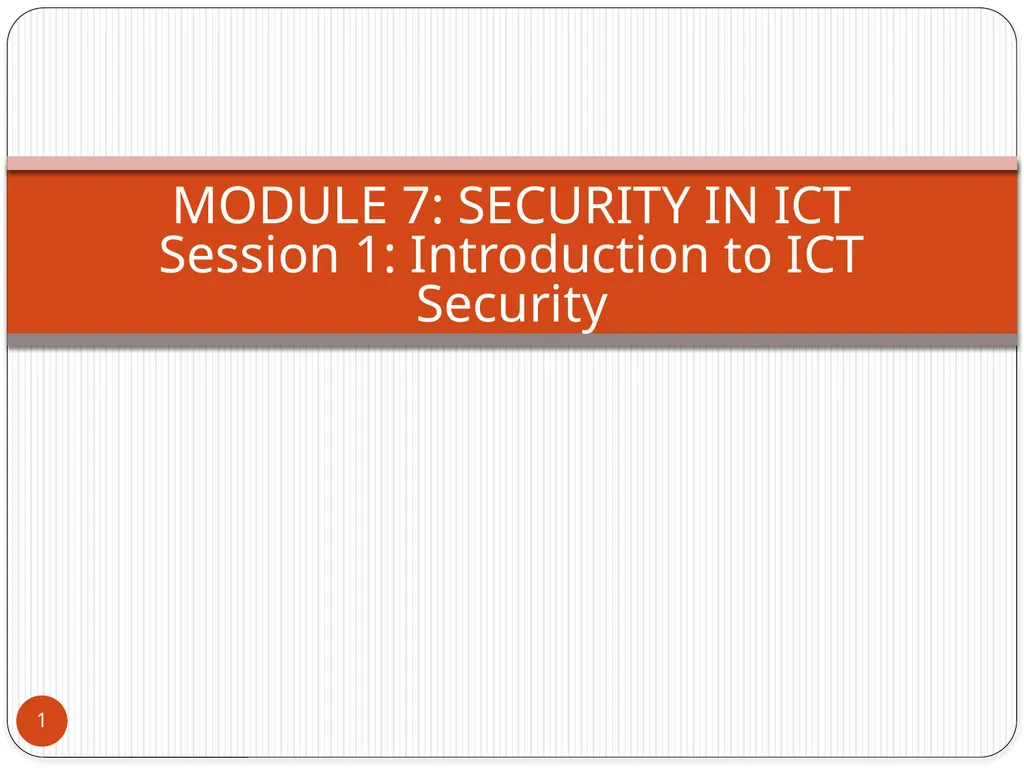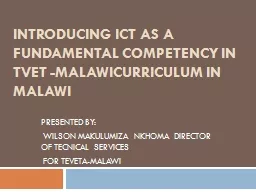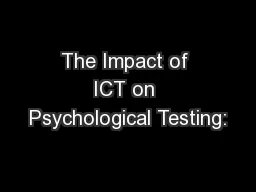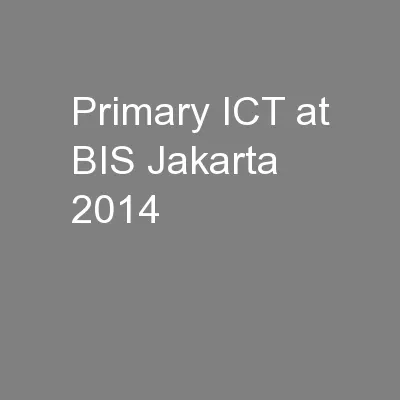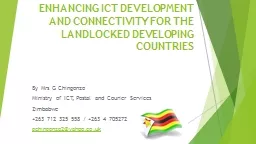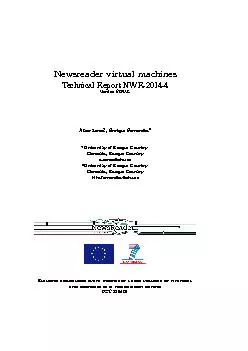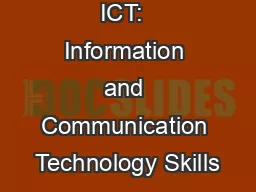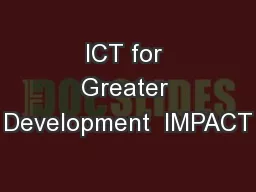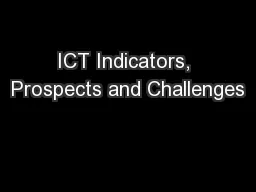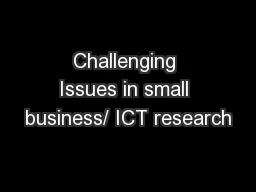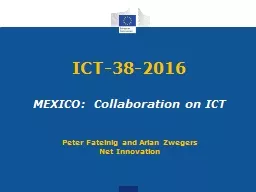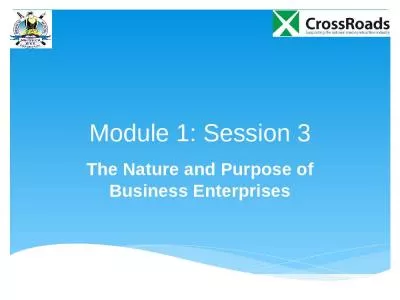MODULE 7: SECURITY IN ICT Session 1: Introduction
Author : celsa-spraggs | Published Date : 2025-07-16
Description: MODULE 7 SECURITY IN ICT Session 1 Introduction to ICT Security 1 Introduction ICT has permeated many industries and insecurity of data and ICT components is becoming a major point of concern The goal of this course is to equip learners
Presentation Embed Code
Download Presentation
Download
Presentation The PPT/PDF document
"MODULE 7: SECURITY IN ICT Session 1: Introduction" is the property of its rightful owner.
Permission is granted to download and print the materials on this website for personal, non-commercial use only,
and to display it on your personal computer provided you do not modify the materials and that you retain all
copyright notices contained in the materials. By downloading content from our website, you accept the terms of
this agreement.
Transcript:MODULE 7: SECURITY IN ICT Session 1: Introduction:
MODULE 7: SECURITY IN ICT Session 1: Introduction to ICT Security 1 Introduction ICT has permeated many industries and insecurity of data and ICT components is becoming a major point of concern. The goal of this course is to equip learners with knowledge on contemporary issues on ICT security, so that the users can achieve information confidentiality, integrity and availability. 2 Module Outcomes At the end of the module, learners will be able to Demonstrate understanding of what ICT security comprises Describe how to offer protection to standard threats that ICT industry is exposed to. Discuss contemporary issues in ICT security like cyber bullying, terrorism and hacking Design a high level security policy that protects data and information Describe the set up and running of a disaster recovery strategy 3 Introduction to ICT Security 1A 4 Learning outcomes By the end of this session, you will be able to: Describe ICT security triad Explain the challenges that ICTs are faced with in today’s global village Describe the general threats that affect computer environments 5 Introduction Information and Communication Technology (ICT) refers to technologies that provide access to data and information through the use of computers, tablets, phones and telecommunications networks. Computer security, also known as cybersecurity or IT security is the protection of computer systems from the theft or damage to the hardware, software or the information on them, as well as from disruption or misdirection of the services they provide. Information security, sometimes shortened to InfoSec, is the practice of preventing unauthorized access, use, disclosure, disruption, modification, inspection, recording or destruction of information. 6 Key Threats to Data Security Data can be lost or damaged during a system crash - especially one affecting the hard disk corrupted as a result of faulty disks, disk drives, or power failures lost by accidentally deleting or overwriting files lost or become corrupted by computer viruses hacked into by unauthorised users and deleted or altered destroyed by natural disasters, acts of terrorism, or war deleted or altered by employees wishing to make money or take revenge on their employer 7 The Security Triad ICT security policies address the risk of destruction or corruption of data due to an attack or some other unexpected incident. The three types of risks addressed by enterprises having a formally defined ICT security policy correspond essentially to the core elements of the ICT security definition, i.e. integrity, confidentiality
